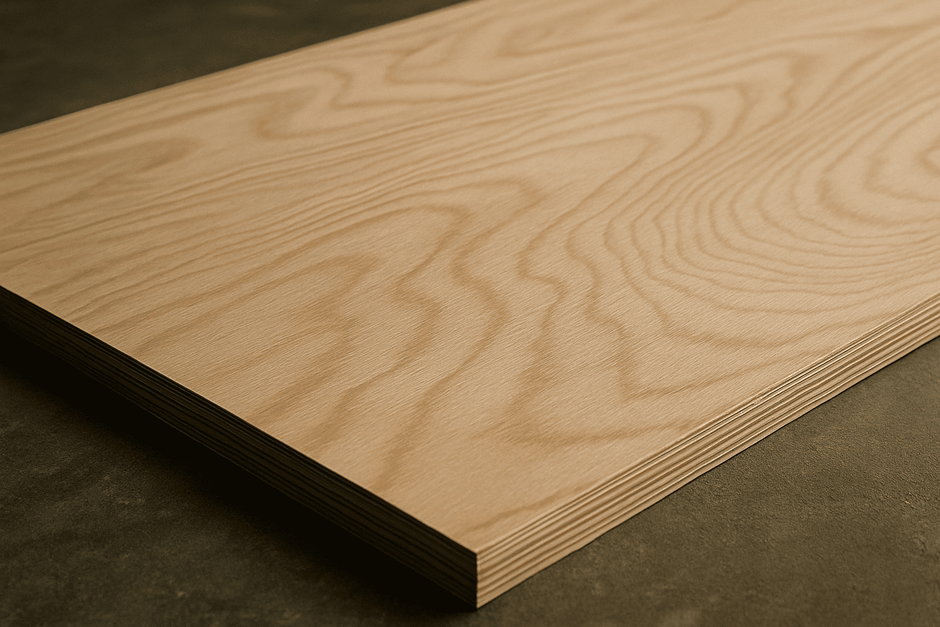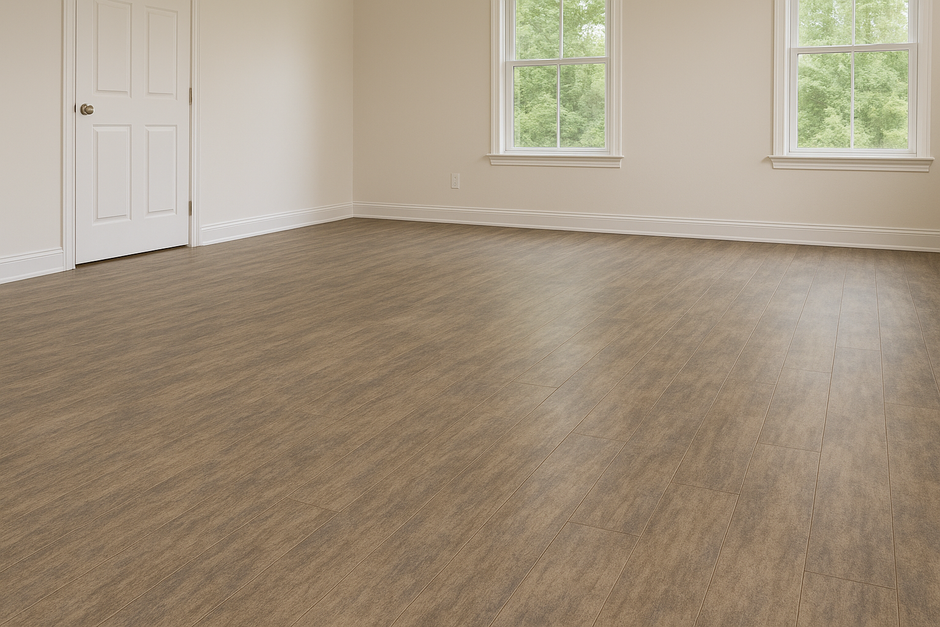Formica, a popular laminate material, is used for various surfaces like countertops, cabinets, and furniture. Cutting it accurately is crucial for a successful installation. This guide will provide effective techniques to cut Formica with precision and minimize errors.
Tools You'll Need
To cut Formica effectively, gather these tools:
- Measuring Tape: For accurate measurements.
- Pencil or Marker: For marking cut lines.
- Straight Edge: A long, rigid guide for scoring and cutting.
- Utility Knife or Laminate Scorer: For scoring the laminate.
- Circular Saw or Jigsaw: For making straight or curved cuts.
- Fine-Tooth Blade: Essential for minimizing chipping.
- Clamps: To secure the Formica and substrate.
- Safety Glasses: To protect your eyes.
Cutting Techniques
Here are the most effective methods for cutting Formica:
- Scoring and Snapping:
-
- This method is ideal for straight cuts.
- Measure and mark the cut line on the Formica.
- Place the Formica face up on a flat surface.
- Use a straight edge as a guide and score along the cut line with a utility knife or laminate scorer. Apply firm, consistent pressure.
- Repeat the scoring several times to create a deep groove.
- Clamp the Formica to a work surface with the cut line slightly over the edge.
- Apply downward pressure to snap the Formica along the score line.

- Circular Saw:
-
- For long, straight cuts, a circular saw is efficient.
- Use a fine-tooth blade designed for laminates.
- Support the Formica well to prevent flexing.
- Clamp a straight edge to guide the saw.
- Cut with a steady, moderate speed.

- Jigsaw:
-
- A jigsaw is suitable for curved or intricate cuts.
- Use a fine-tooth blade and control the speed.
- Guide the jigsaw carefully along the cut line.

Tips for Precision
- Measure Accurately: Double-check your measurements before cutting.
- Use a Sharp Blade: A sharp, fine-tooth blade is essential for clean cuts.
- Support the Material: Ensure the Formica is well-supported to prevent vibration and chipping.
- Control the Speed: Cut at a moderate, consistent speed.
- Practice: If possible, practice on scrap pieces before cutting the final piece.
Minimizing Chipping
Chipping is a common problem when cutting Formica. Here's how to reduce it:
- Use a Fine-Tooth Blade: Blades with more teeth produce cleaner cuts.
- Score Before Cutting: Scoring creates a clean line and helps prevent chipping.
- Apply Painter's Tape: Place painter's tape along the cut line to provide extra support.
- Cut Face Up: Cutting with the finished side facing up can minimize chipping on the visible surface.
Finishing Touches
- Smooth Edges: After cutting, use a file or sandpaper to smooth any rough edges.
- Check for Fit: Test the fit of the Formica piece before final installation.
Cutting Formica effectively requires the right tools, techniques, and attention to detail. By following these guidelines, you can achieve precise cuts and professional-looking results.




































